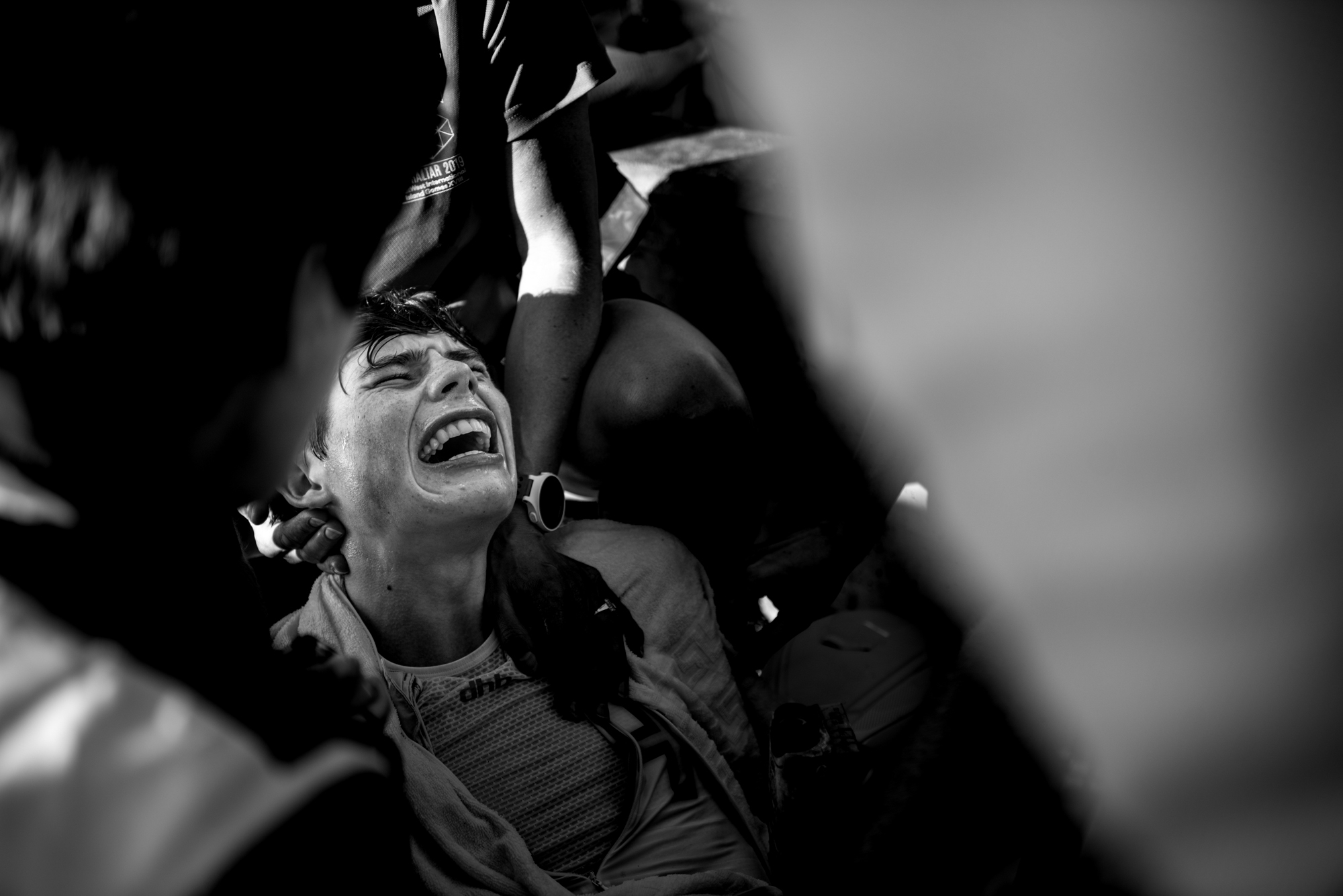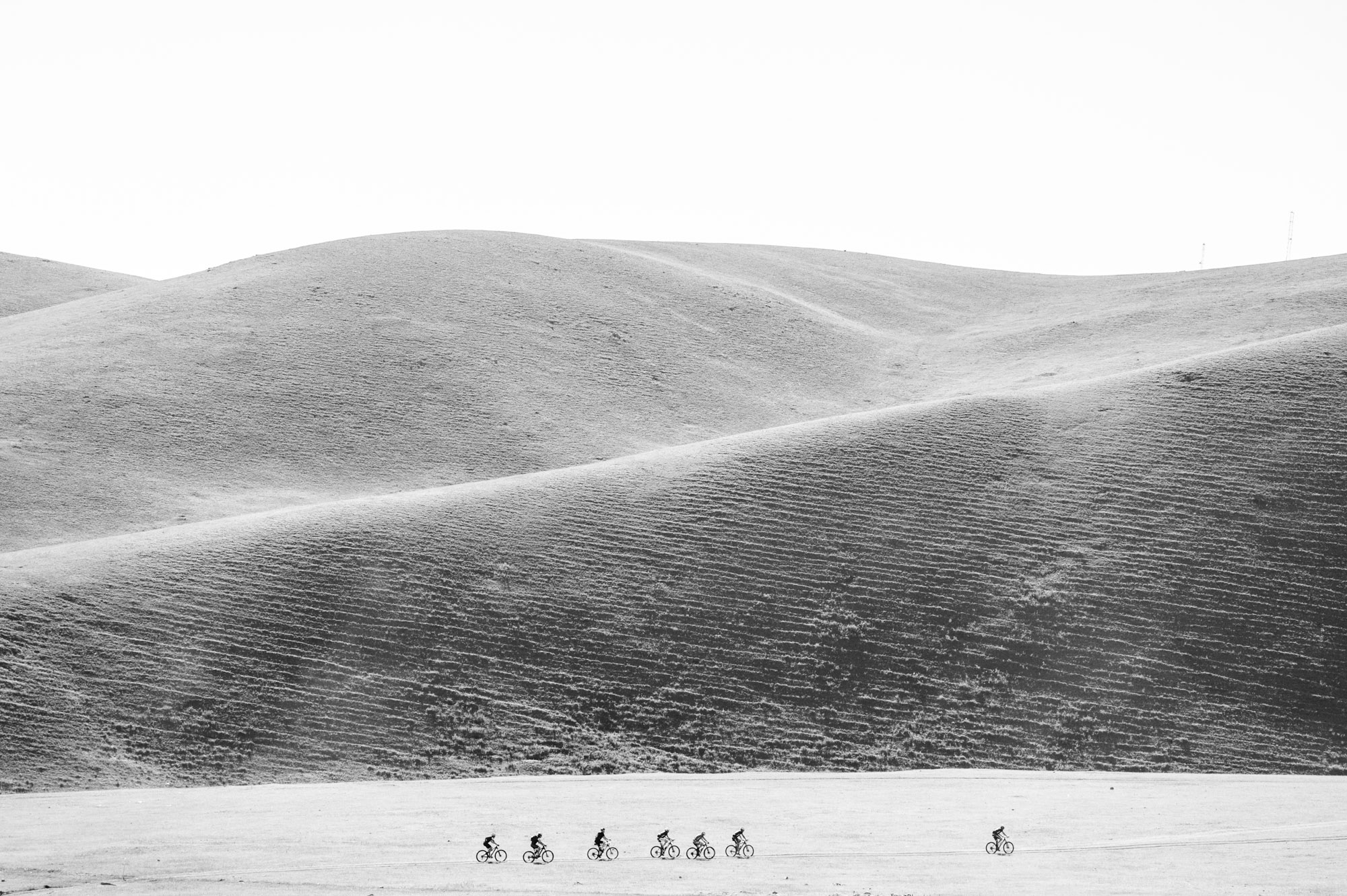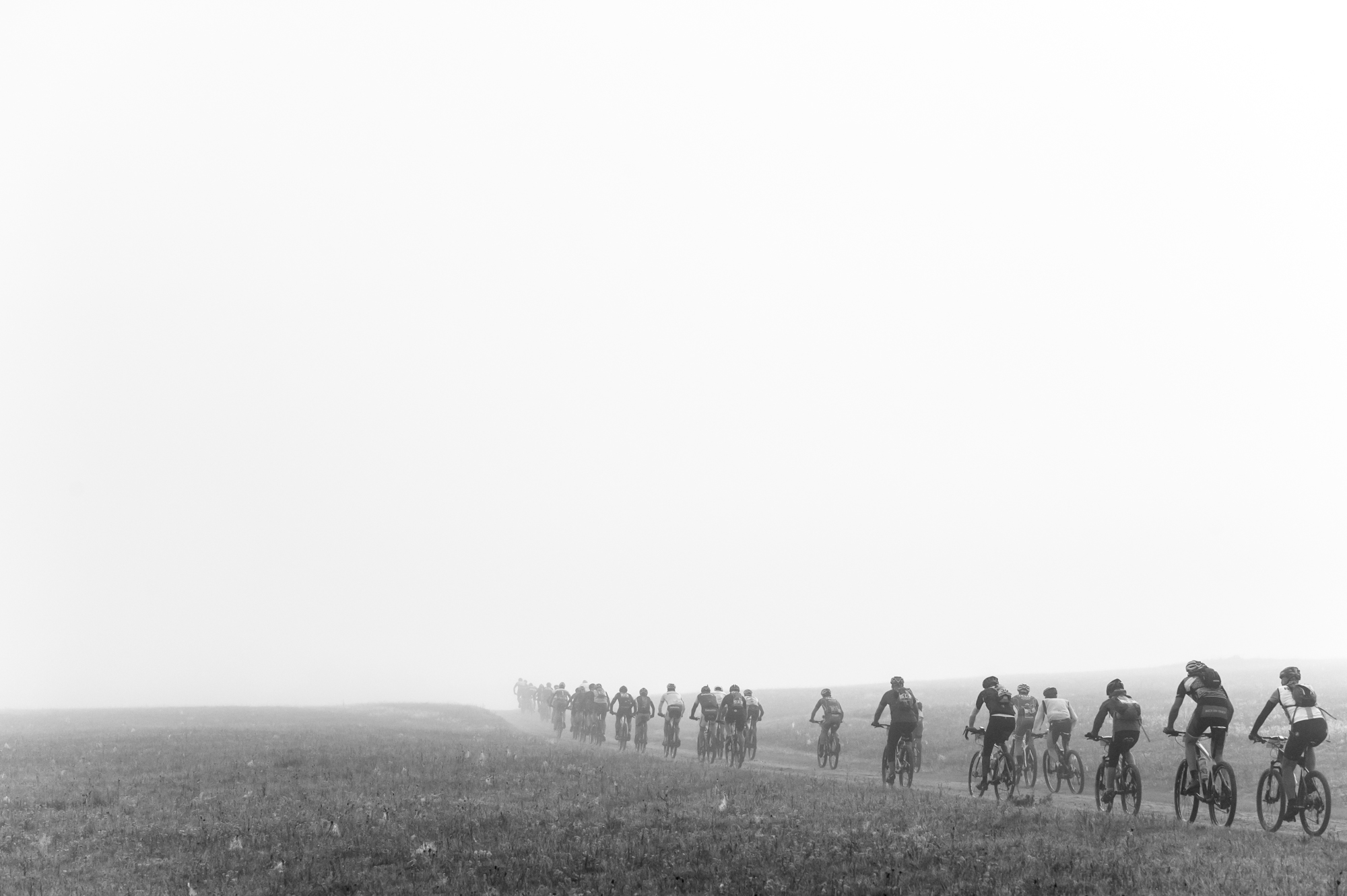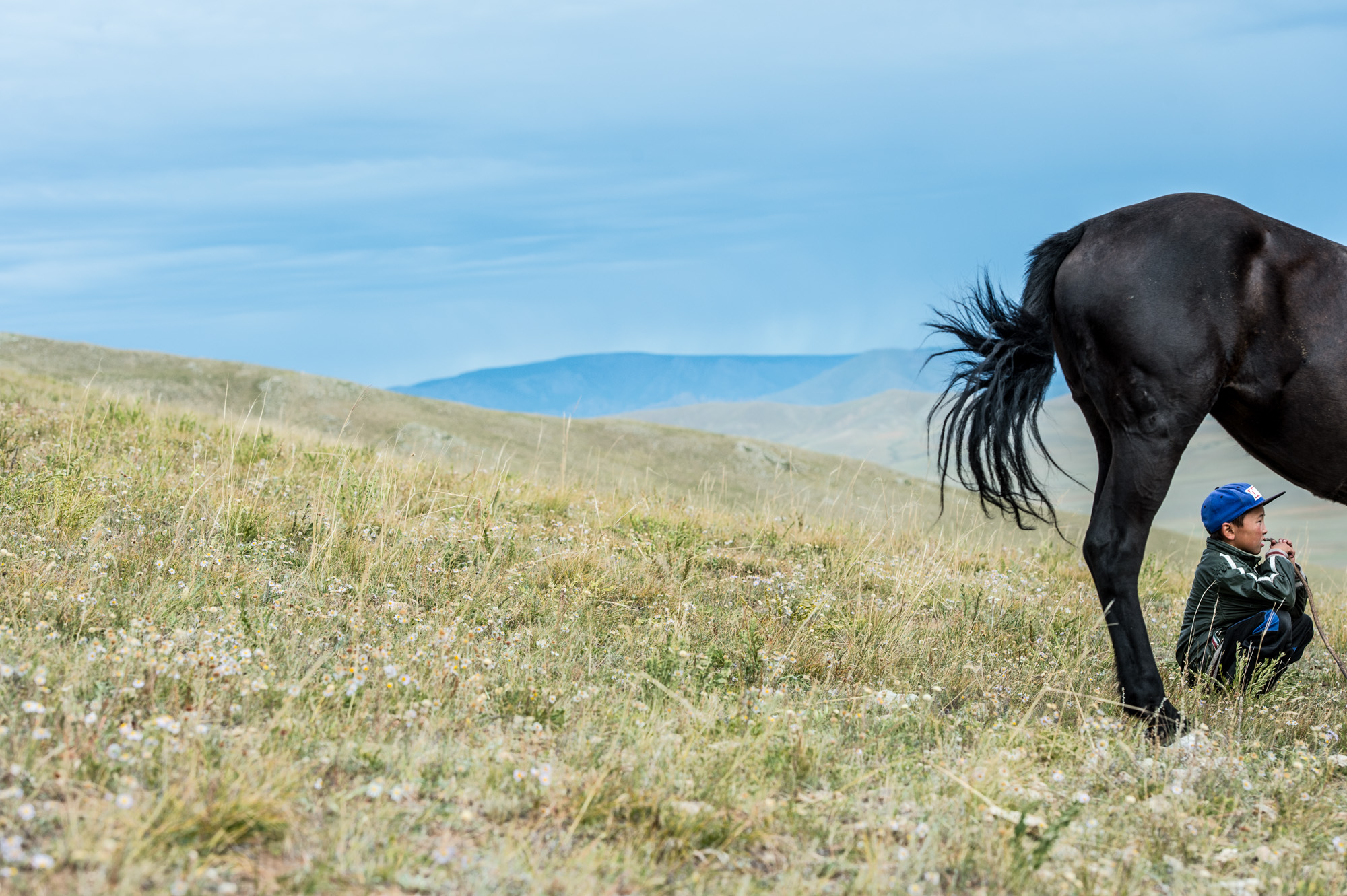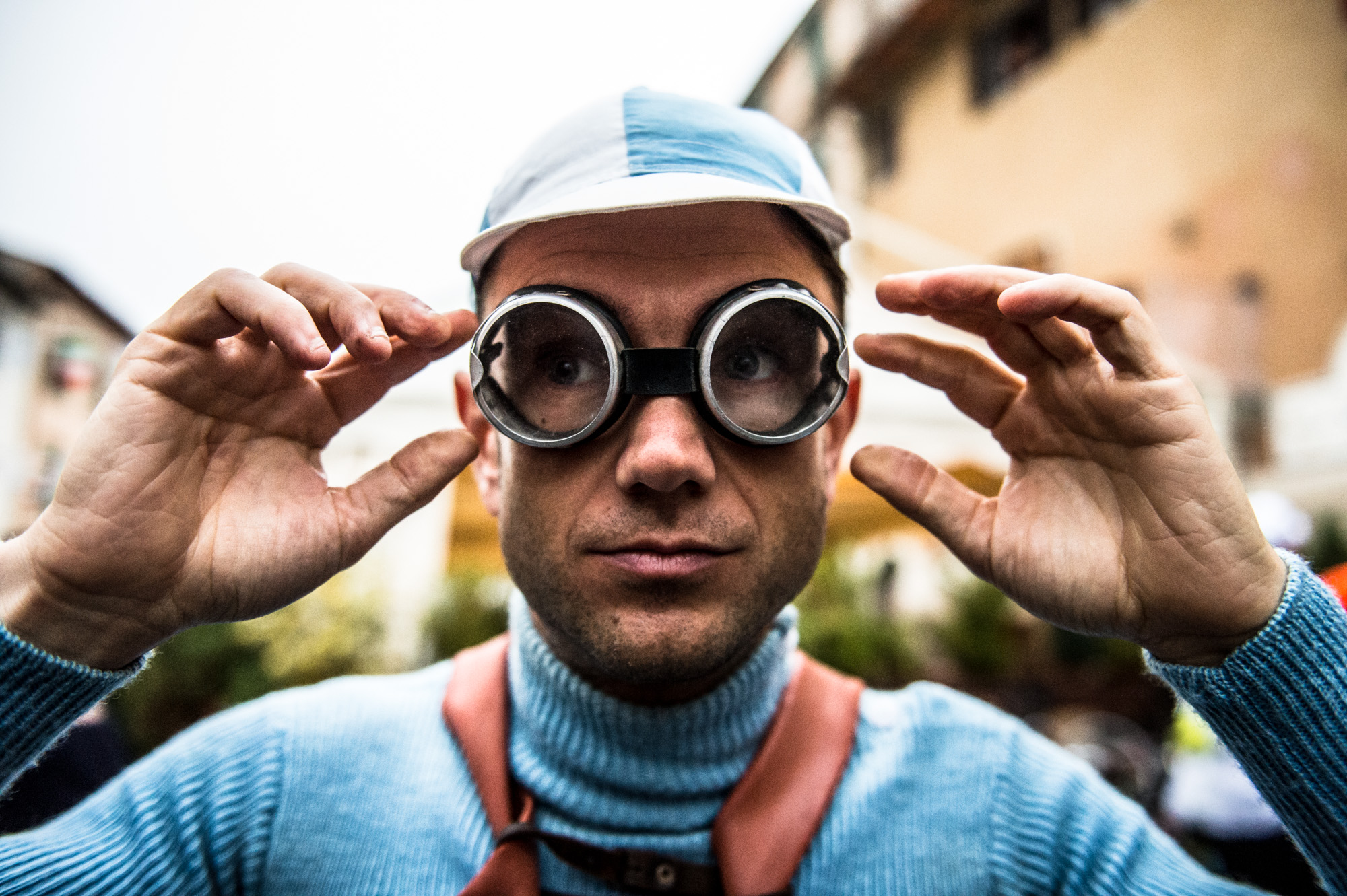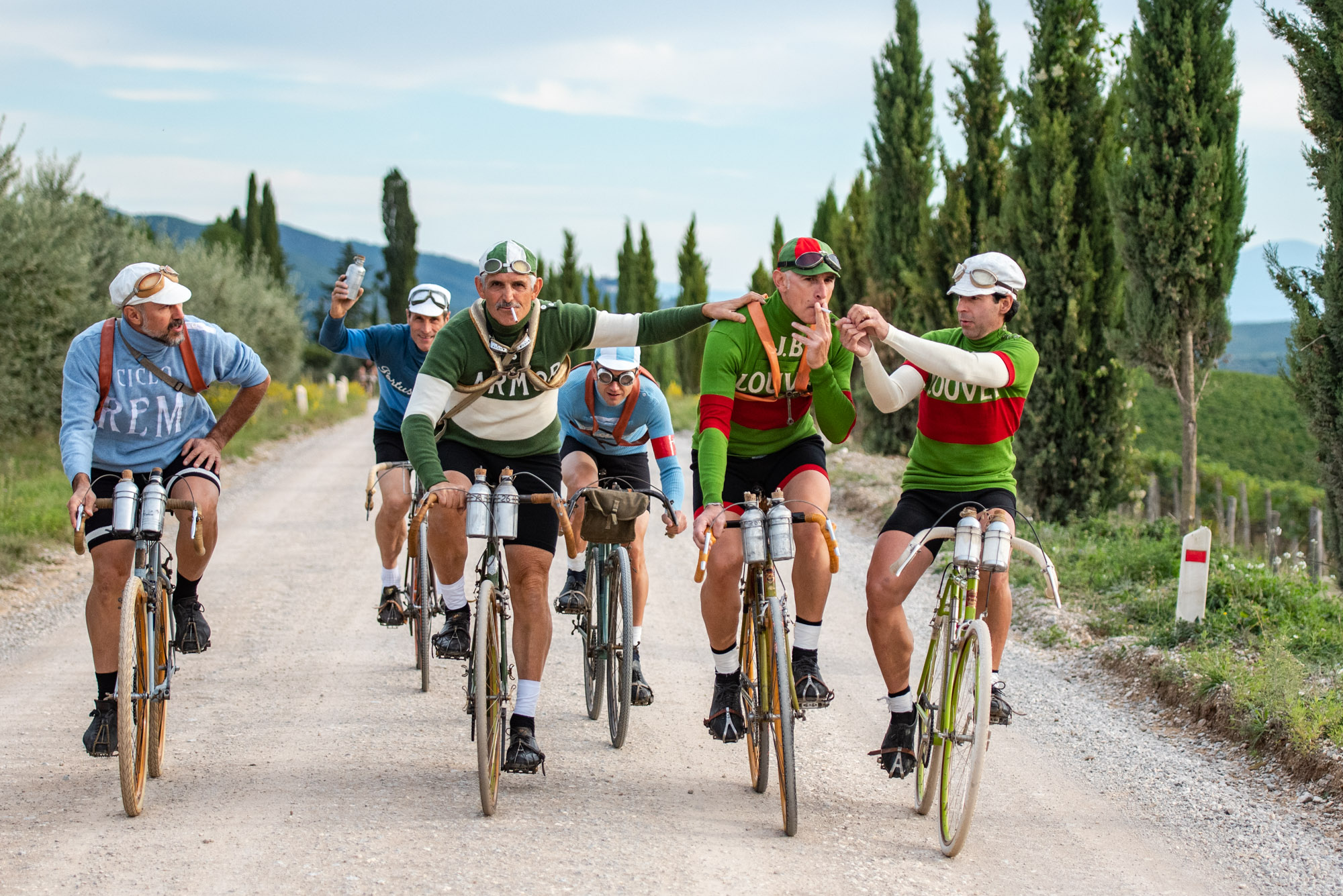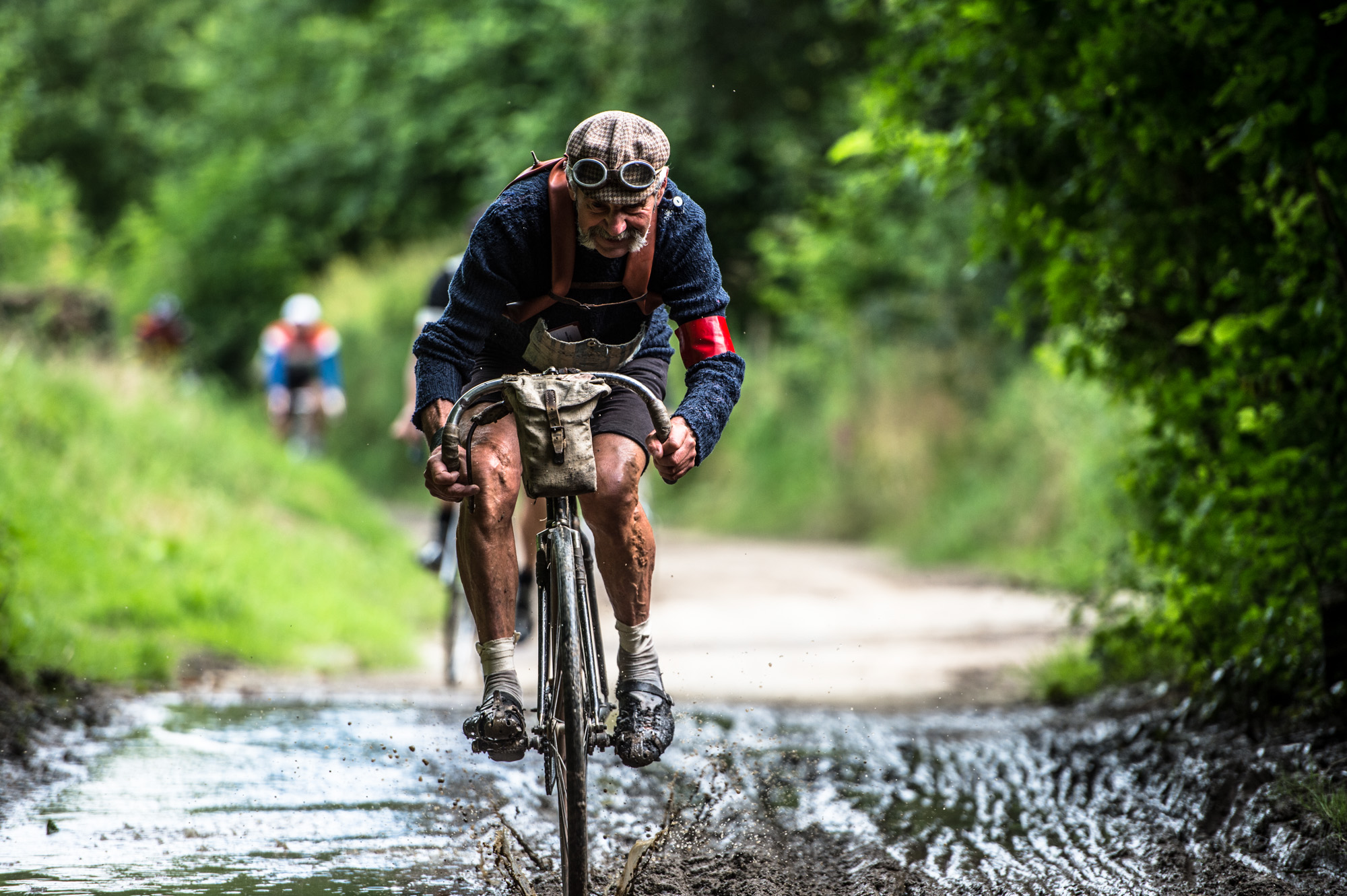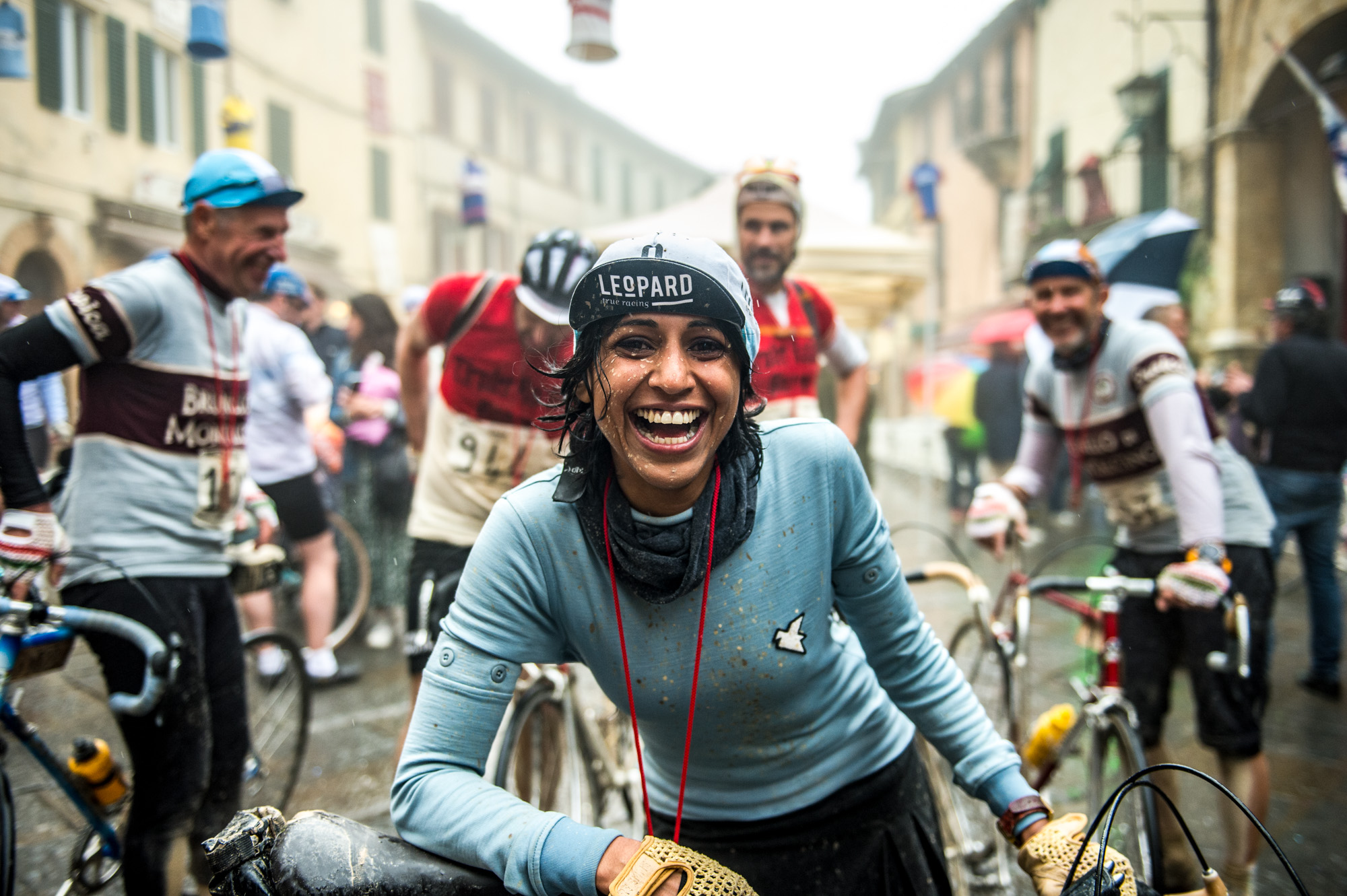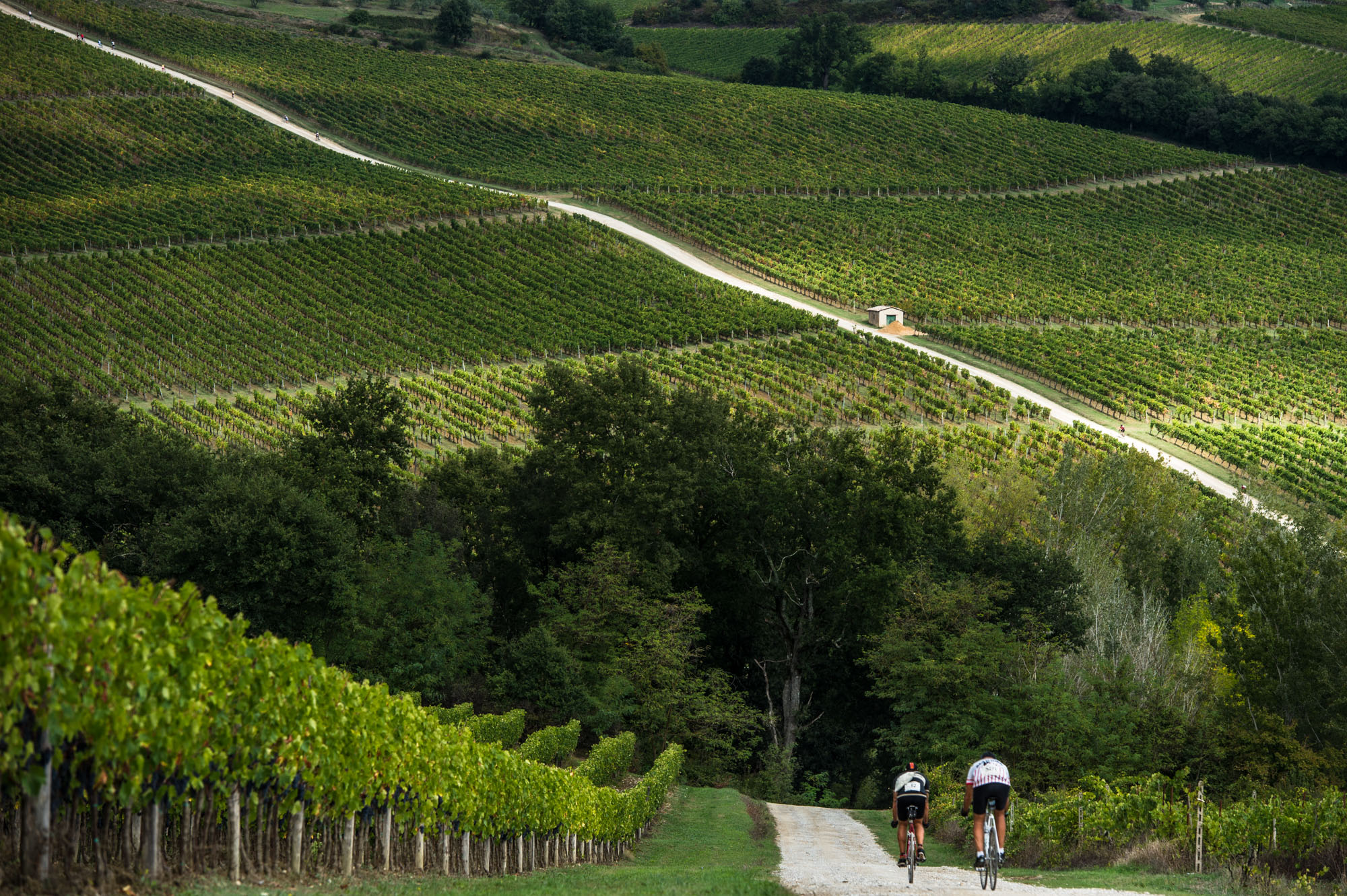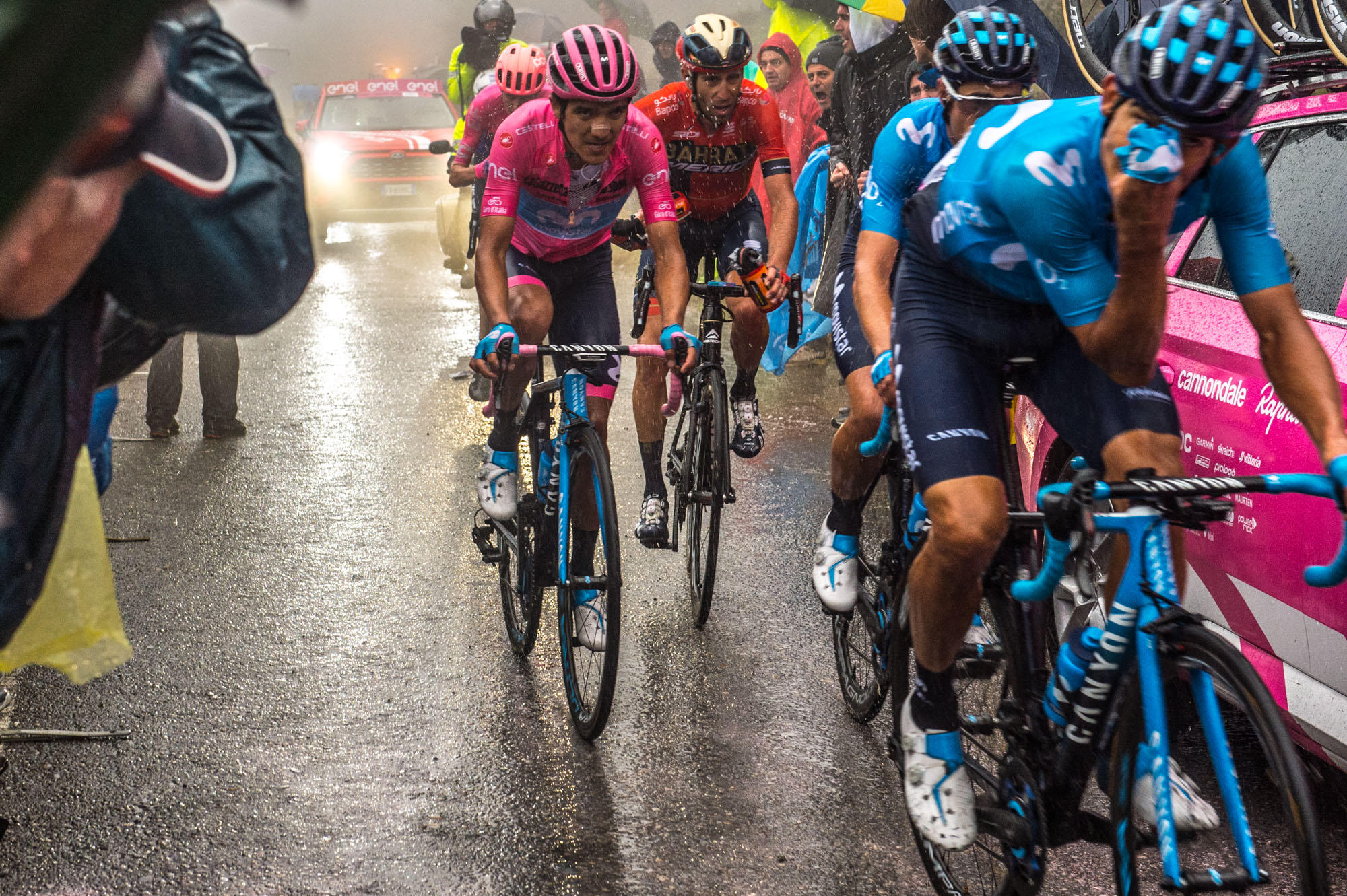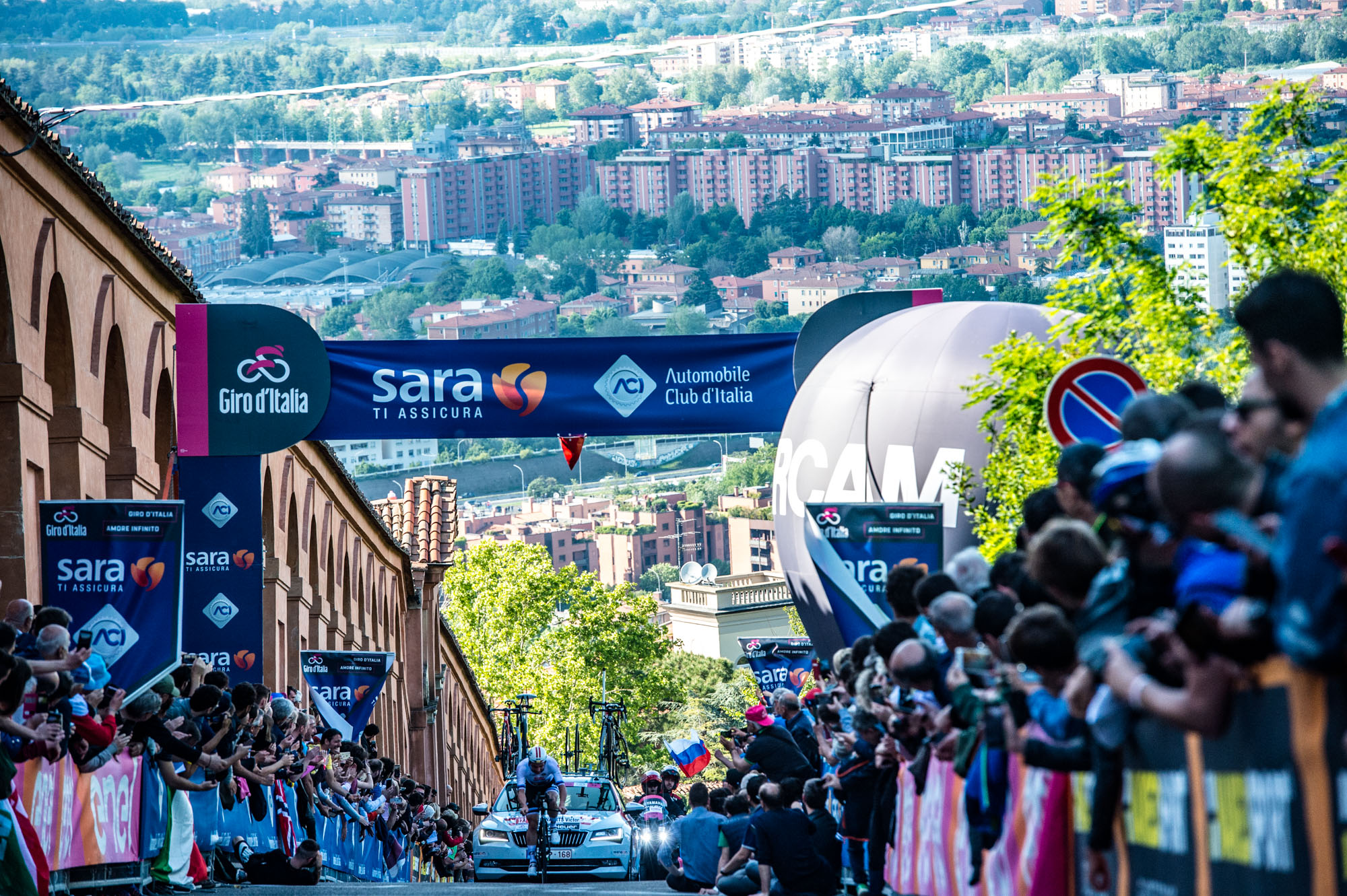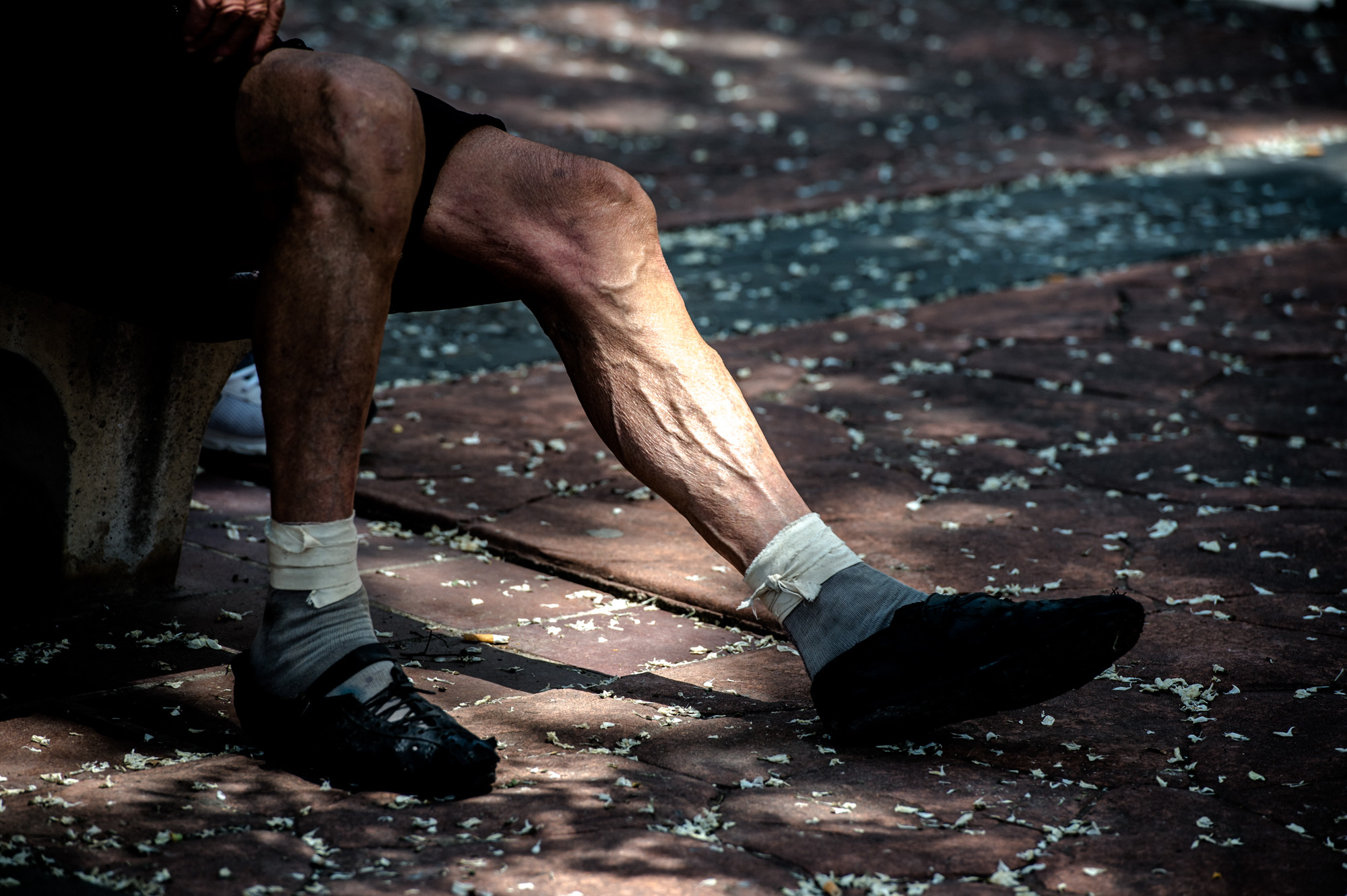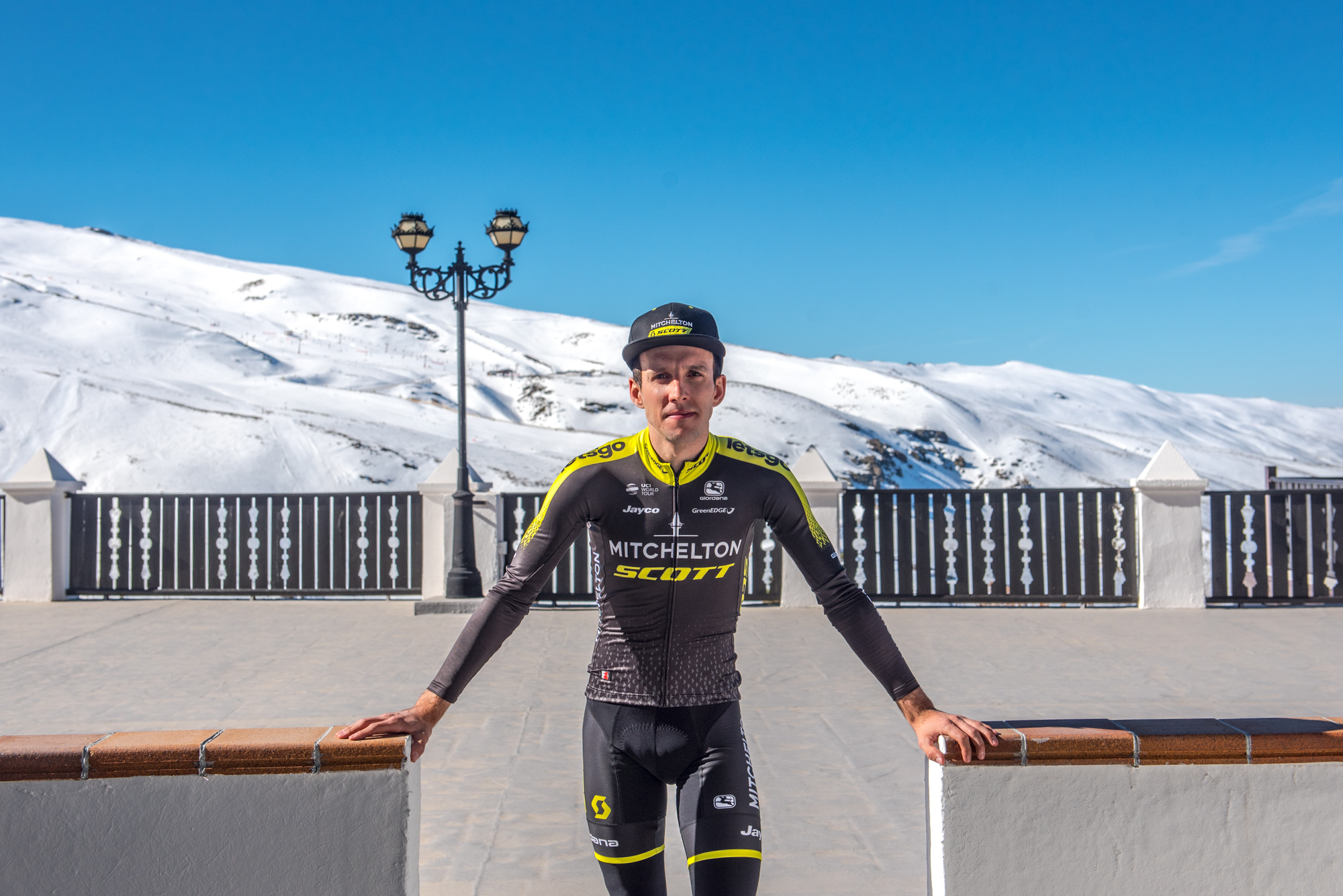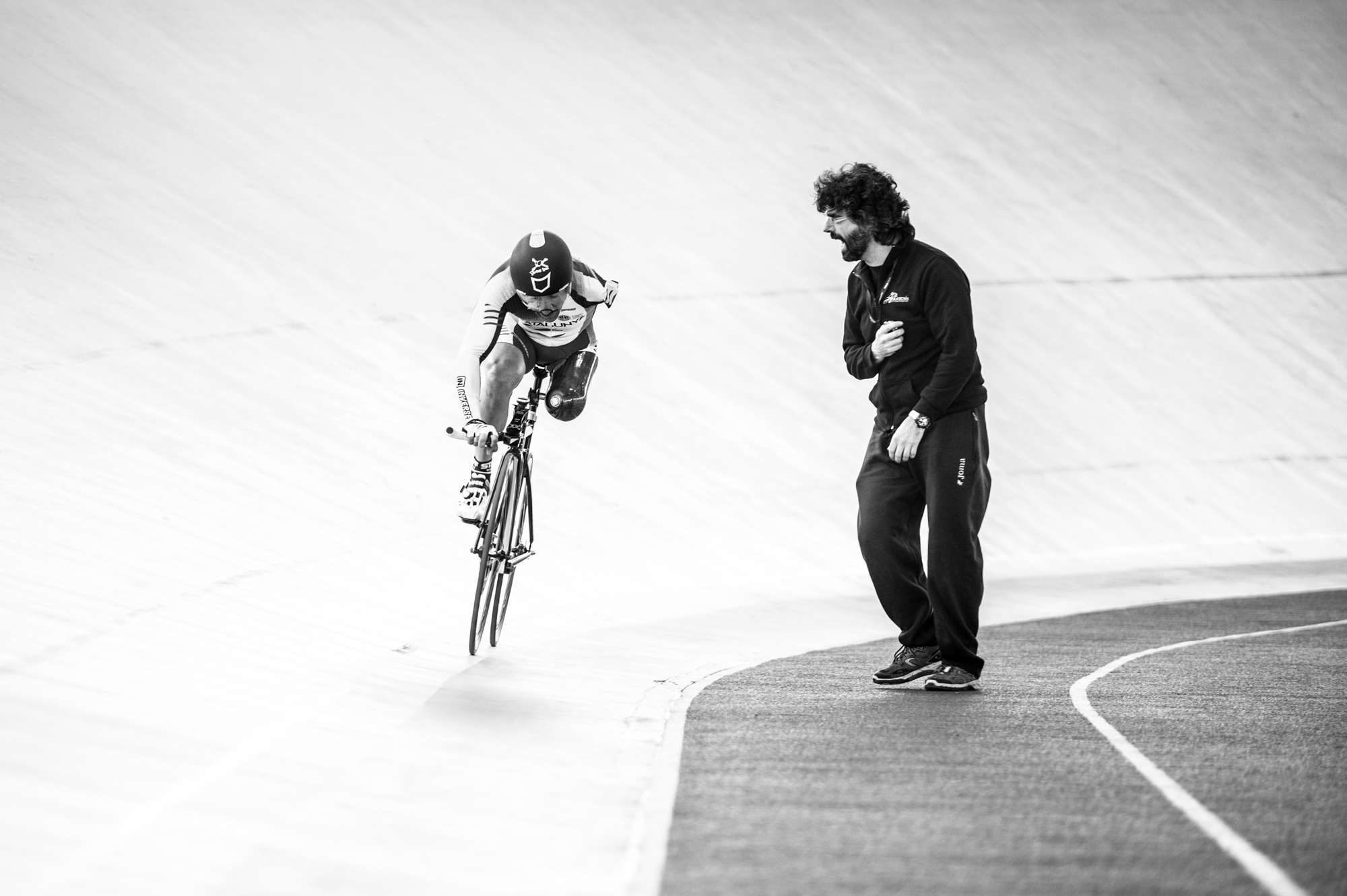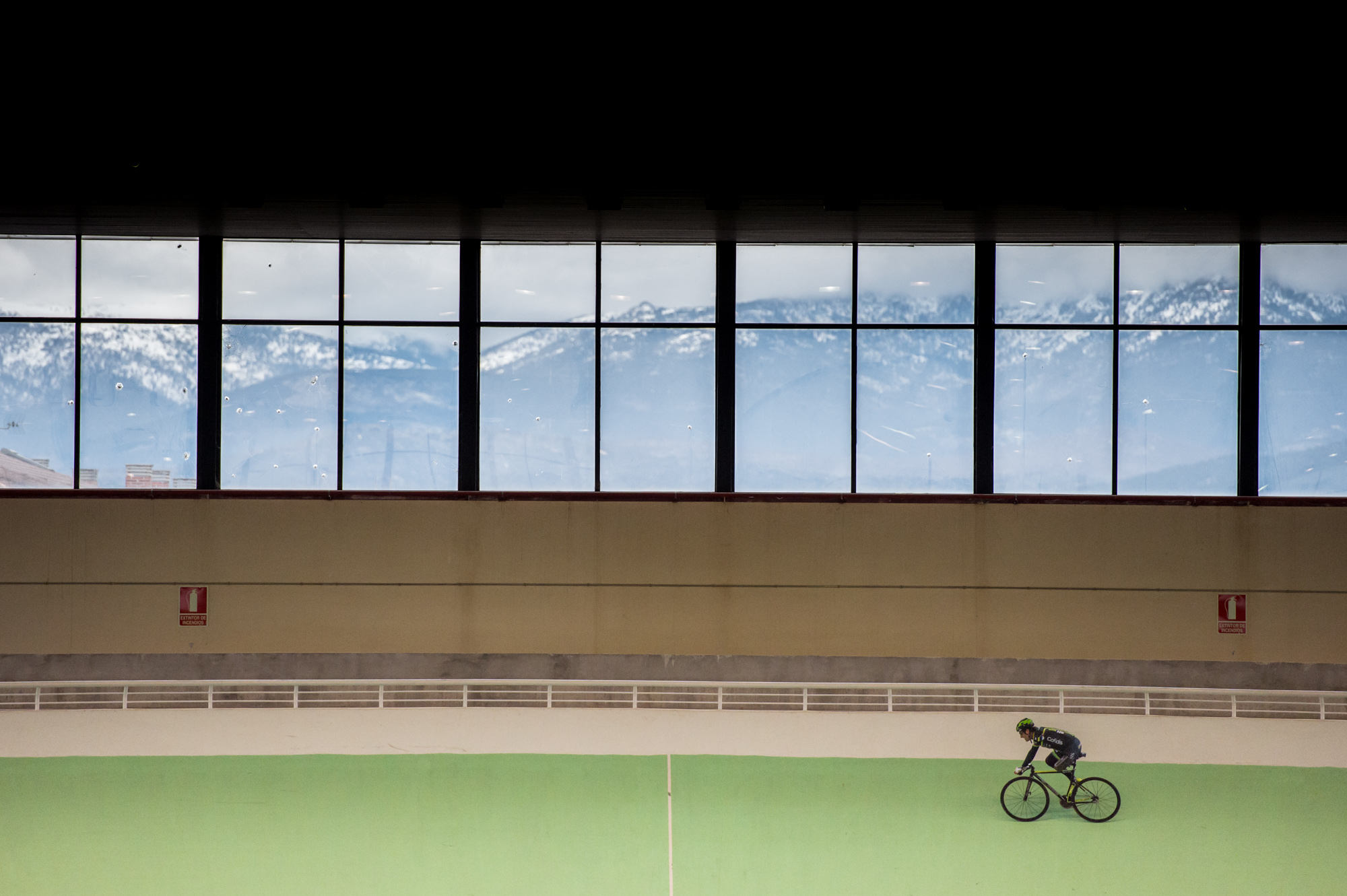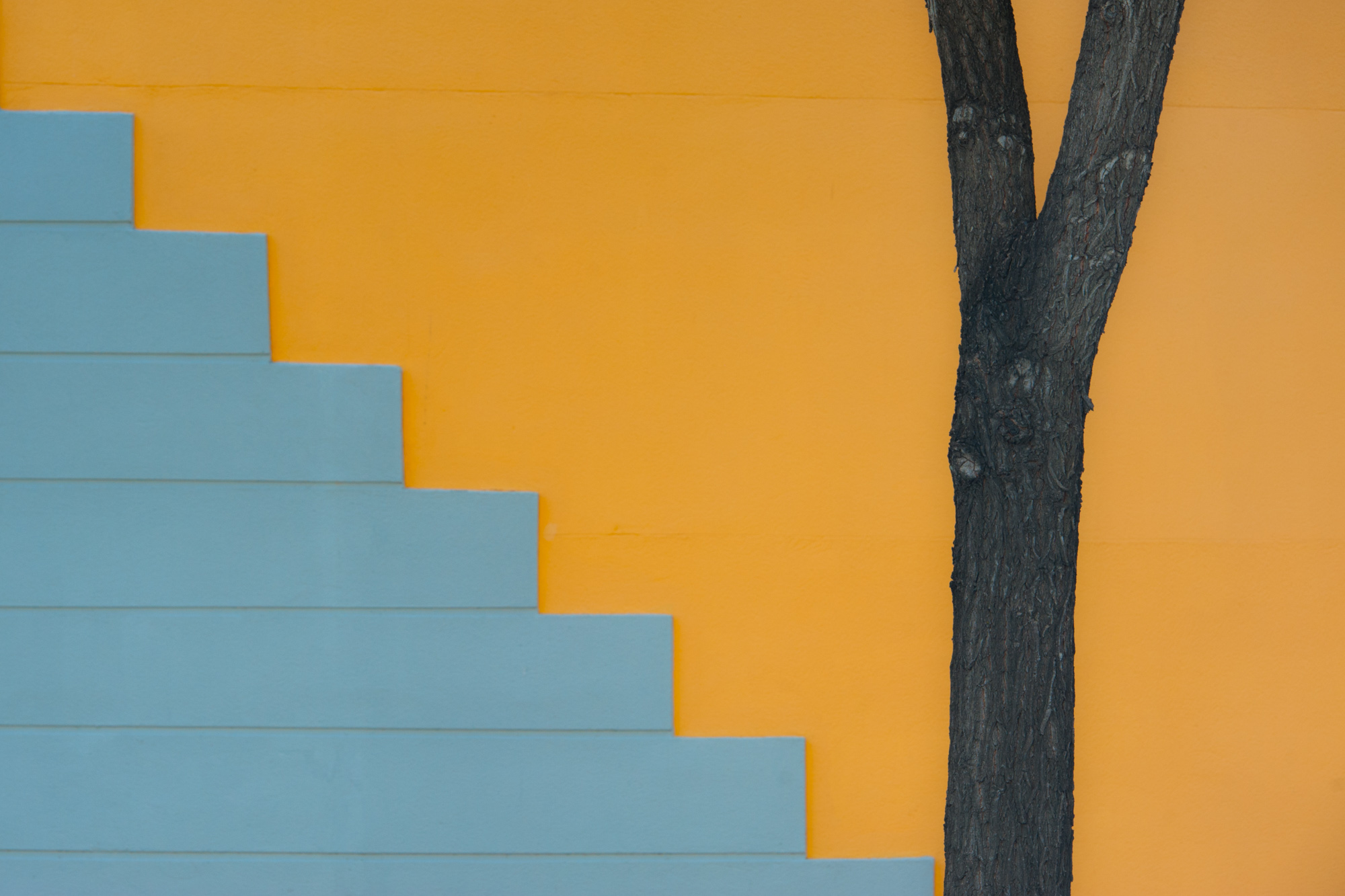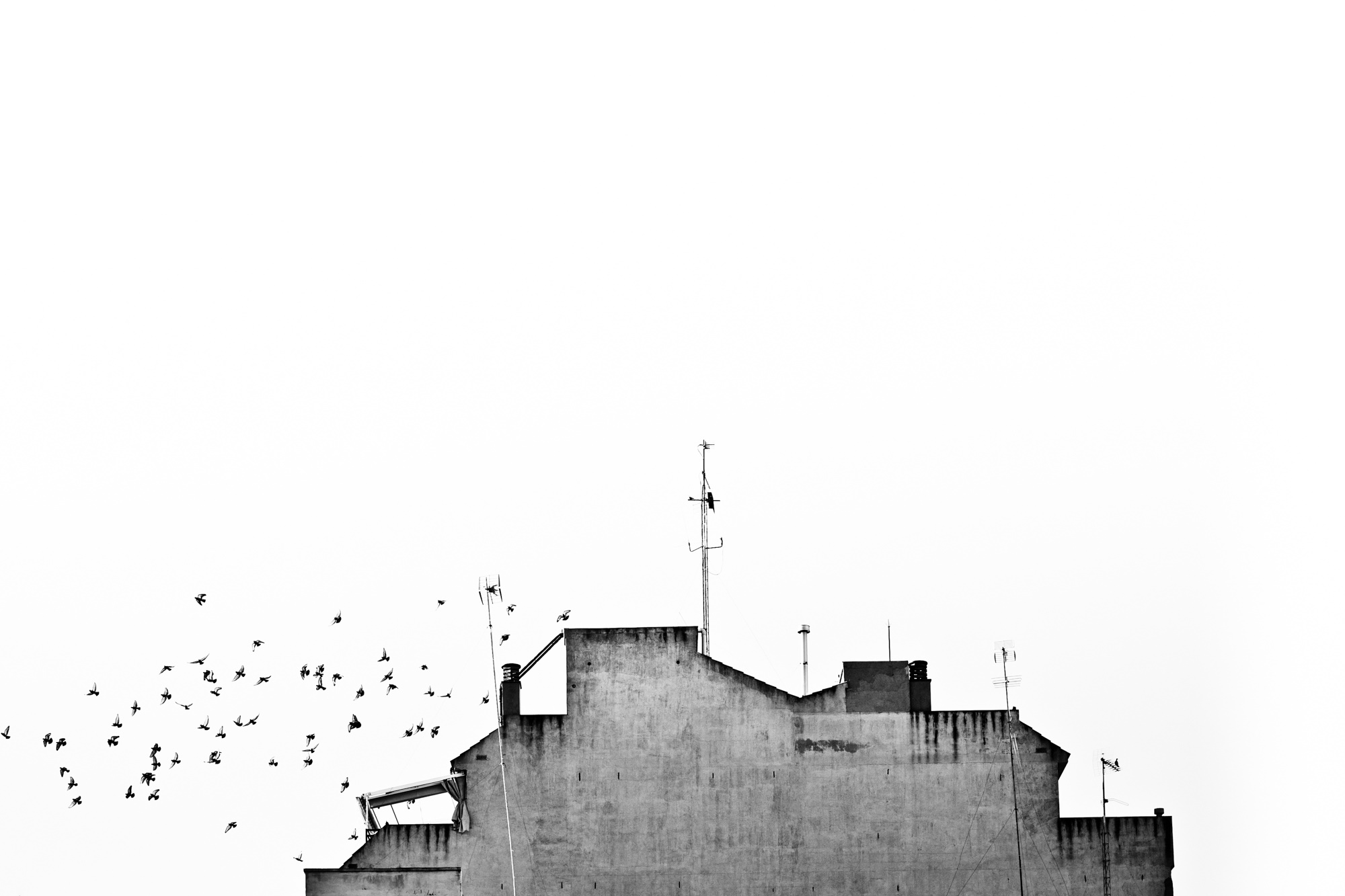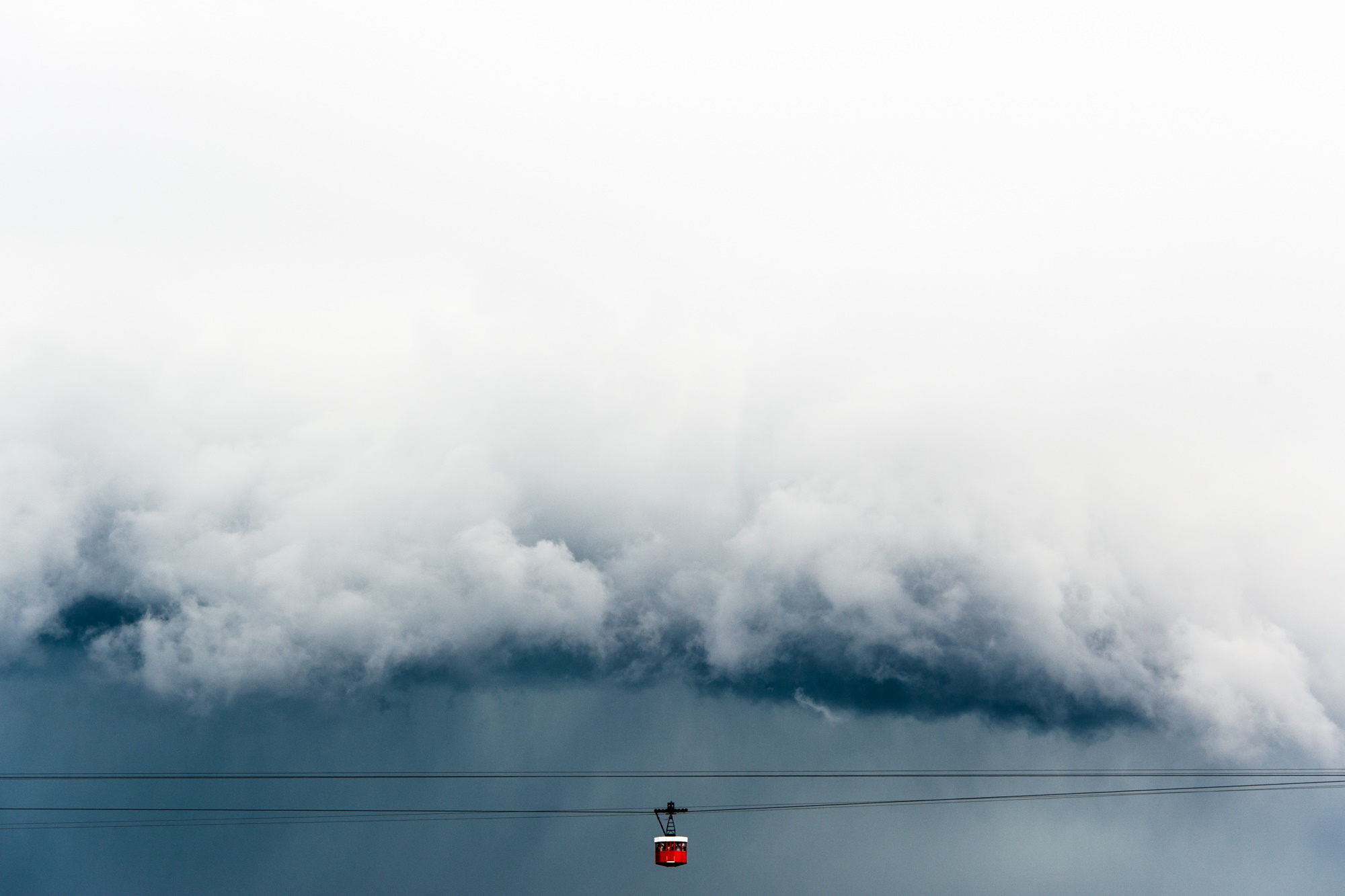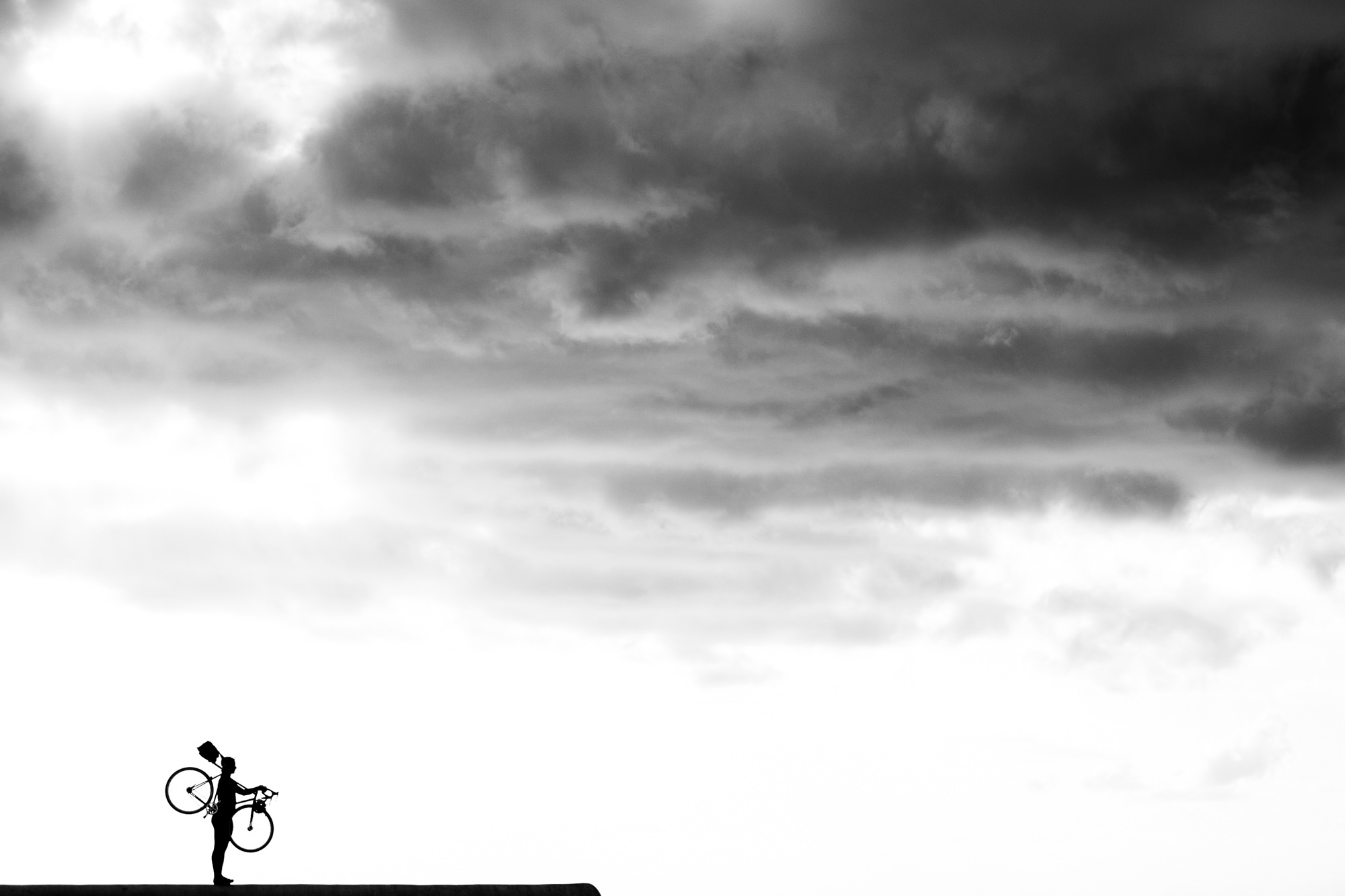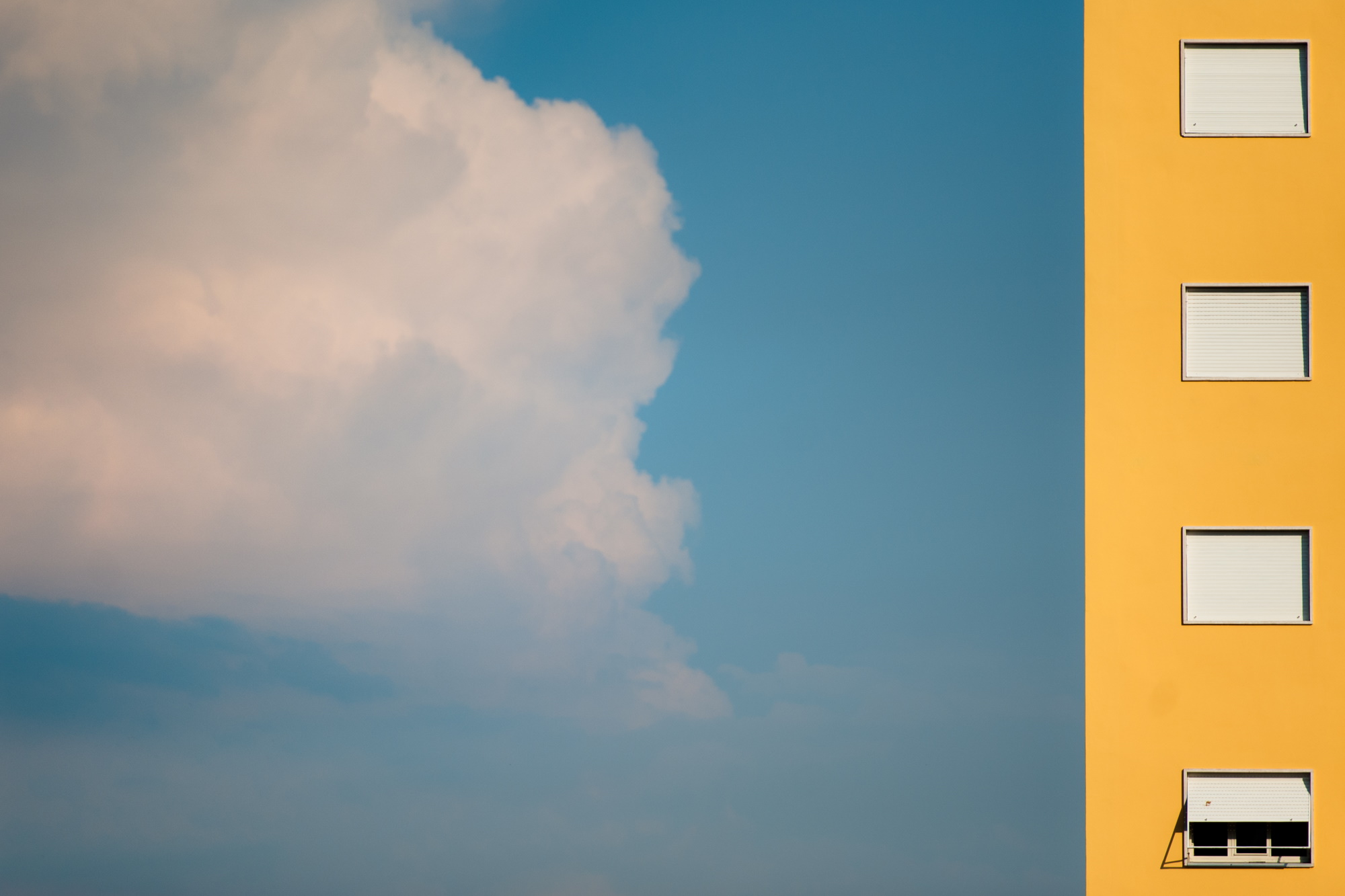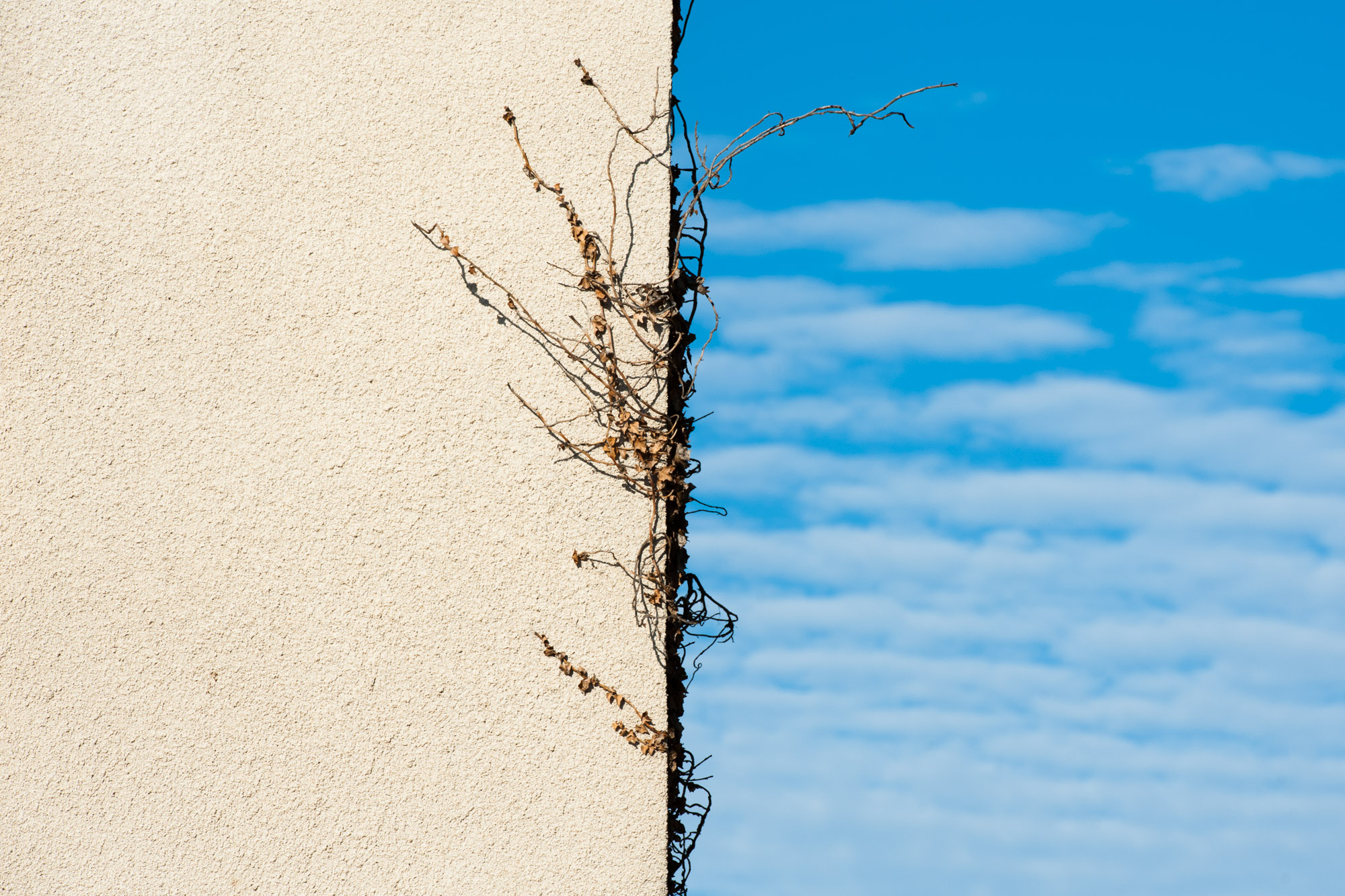Paolo Martelli, originally from Brescia (Italy), arrived in Barcelona in 2008 and spent his first years bartending in a pub frequented by locals and, especially, tourists. After several years combining night-life with his passion for photography, one day he decided to make a radical change, to leave it all, to start traveling around the world, and to focus all his effort and dedication on the world of photography. He was certain it was his destiny.
Nowadays, Paolo’s great work in the cycling sphere, as well as his passion for minimalist photography, has turned him into a talented photographer with more than 10 years of experience in the field and with loads of experience.
We have seen you traveling and covering events or projects in really exotic places on many occasions. Would you say that your professional trajectory has a glimpse of adventure?
“Focusing my professional career on sporting events has been more by chance than a choice. The freedom of choosing how and where I want to work is something that I cannot completely control yet. In fact, there are times when I might not enjoy the job but it is well paid. Regarding cycling, my trajectory has progressed steadily and, once you gain experience in a specific field, more chances of finding similar projects appear.
Obviously, when I can choose between photographs of products or taking jobs like the ones I have been doing, I still opt for adventure traveling and exploring new challenges. It is a mix of work and my passion for traveling.”
We are almost certain that working in remote places and countries with a few resources must not be easy. What would you point out?
“Working abroad, in unknown countries, is always a great challenge. You must be ready for any unexpected event and carry only what is necessary.
In the case of Mongolia, where I covered a race, and in similar cases, the organization has the basic resources to guarantee its success. The first time I was there, I carried around 15 kg between cameras, objectives and accessories, to later realize that I had only used 6 kg… You have to take care of your own equipment, which means carrying it around all day long, with everything it implies. That year I shared a vehicle with another photographer, and that was also a handicap in terms of work management…
As regards the tour I made in Patagonia, when I asked the organizer about the situation there, he would only tell me that the scenery would be changing, the weight to carry for the trip very important and charging the batteries rather complicated… It is in projects like this one when the experience is everything and you must choose between one or two objectives and use your skills to make the best of any given situation that you might face.”
Regarding the trip to Patagonia, tell us a bit more about that project.
“The coordinator of that project is Willy Mulonia, the founder of the Mongolia Bike Challenge, who has been organizing this tour for years for a small group of people. In 2019, there was an increase of registrations which was enough to cover my trip, and Willy decided to take me in as a photographer and to experience it first-hand.
The course of the route is 1,200 km long, from Calafate, nearby Perito Morento, to Ushuaia. During the tour, expert guides from the area, with more than 20 years of experience, joined us and it was thanks to them that we could overcome many obstacles that would have really endangered the expedition. Knowing the direction the wind blows to properly prepare the route, knowing how and where to set camp to spend the night and being able to have a good rest, having the knowledge to take the most reassuring decisions for the group and many other survival skills are what really makes a difference between a trip with or without the help of experienced guides. These are real mental games, not only the physical shape counts.
In projects like this, I have total freedom to organize my work for the whole day. It is not easy because I have to ride like the rest of the group, carry all the equipment, and in addition to that be constantly observant to do my job.
I remember a really tough day when we went to sleep with a temperature of 24ºC and we woke up at -10ºC. Something none of us were expecting. I cannot forget the first 30 km of the day on frozen soil and a freezing sensation. It took us 6 hours to cover that distance. Certainly, I could not take the camera out a single time, that was pure survival.”
L’Eroica Project. We know you work a lot with them and that you have a strong bond. How did that collaboration start?
“In 2015, Willy Mulonia was organizing the first edition of L’Eroica Hispania and he asked me to start working in it before going to Mongolia for the first time.
In that edition of the race, its first time in Spain, the owners of the L’Eroica brand, who had just acquired it, were also there. Willy introduced us and they were deeply pleased with my work and, from that point on, they called me for the next editions. I guess that the combination of the brand purchase with the beginning of our collaboration and the results of my first job with them was something very positive that helped me forge a tight bond that makes working very easy and allows us to grow simultaneously.
In the field of photography, the trust between the client and the photographer is fundamental to work properly and to make the most out of your potential and to obtain the best possible result.”
Working in the professional cycling sphere
“Only a very few times I decide to go to a WorldTour event on my own to later sell the pictures. Around 95% of the time I go is because a magazine hires me, mainly Rouleur, and when we go our objective is clear. We are not going to follow the race but instead we do a very specific project with a team or we try to report something very particular.
Luckily, every time, I have represented press agencies who are considered non-aggressive in the world of cycling, which has allowed me to get closer to the teams and riders in a friendlier and more welcoming way.
I normally go in the team’s car or bus, or I sneak in the riders’ rooms. Being at the finish line is not worth it for me, we do not seek those kinds of pictures.
The experience in professional cycling is very intense. I still remember my first time in a Tour’s team car, in 2014 I believe. Without being a Christian or from any other religion, I remember I prayed since I was certain we were all going to die. They play in extreme conditions, trusting that everything will be fine, yet it is a constant drama. In my case, I only had the option of focusing on the camera objective to not think about how fast everything was happening and the constant stress around us.”
Is professional cycling a field you want to focus your work on?
“I like finding a balance between covering events and the professional world, thus I try to keep a formula that allows me to get to the end of the year with a very positive balance. Besides, sometimes it is not simply attending one event. There are occasions when we have had the chance to visit a professional cyclist, and the experience is priceless. Like the time we spent some days at Froome’s house and we shared his cycling routines, talked to him, and met him intimately. All of that is worth a thousand times more than seeing him racing in le Tour.”
Is there a project that has had a huge impact on your professional career?
“The first time in Mongolia was very intense. It was the first time I really had to face something other than just taking pictures, it was really tough. I caught a stomach virus (despite all the precautions I took) and I had a really rough time. Imagine being in a country as such, having to go to the toilet every 3 minutes, spending the whole day with a fever, and taking pictures on a 170 km mountain bike stage… After 10 hours in a van, as the day finished, I would have prepared and edited 20 photos to later go somewhere with an internet connection 2 hours away from camp and upload them. A real drama.
On the other side, it was the first time Rouleur published one of my photographs in their cover, which also marked my professional career. It was a huge achievement and a sign that I was going in the right direction with excellent work.”
Genesis Cycling Team, what does it represent for you?
“The relationship I have with them has never been about work, it has always been a mutual collaboration. It is true that my time in Genesis was really helpful from a professional point of view since my first official published work in cycling in Rouler was about some pictures I took for the team.
From the moment my pictures were published the magazine started counting on me for other projects which later resulted in more work opportunities.
Nowadays I am still taking pictures with Genesis, it is like a family for me. I share a lot of moments with the team: we train together, they invite me to events, and I try to participate whenever I can so that the club keeps on growing. The work and dedication of Bernat, Juanjo, and the whole team are really amazing and inspiring.”
Do you have or have you had any role-models in your personal and/or professional life?
“In the field of photography, I have never had a role-model. It is a shame since I believe that it is something that can really help you find the right path. Sadly, in my case, I had to find the style of photography I like on my own.
There is a photographer, Daniel Ochoa, who once gave me great advice. I asked him to introduce me to someone in an agency and he helped me understand it was not an easy world and that I would not take anything positive from working in that sector (in agencies).
Juanjo, from the Genesis Cycling Team, not as much on a professional level, but personally, on how to overcome issues and face life, he has certainly helped me.
And Willy Mulonia, from an adventure point of view and changing your life to chase your dreams, has deeply inspired me.”
The minimalist photography field, your other passion. How did you start in this discipline?
“I began taking these kinds of photos as a way to escape from when I worked as a bartender in the nights of Barcelona. I had a very stressful life in an atmosphere that, unless you are careful, can easily take the best of you. That situation really overwhelmed me. During the daytime, I could not be surrounded by people nor I could portrait them because it smothered me. Thus I tried to get as far as I could to find those places where I could be completely alone and take those kinds of pictures. After some years, I discovered this style of photography was known as minimalist.
Even though I love it, I have never been able to focus my professional career in this field nor make a living out of it. Sometimes I have tried to work with art galleries to show my work, but it is something really hard and difficult to succeed with. At least, from my experience, it is not feasible in the short-term.”



